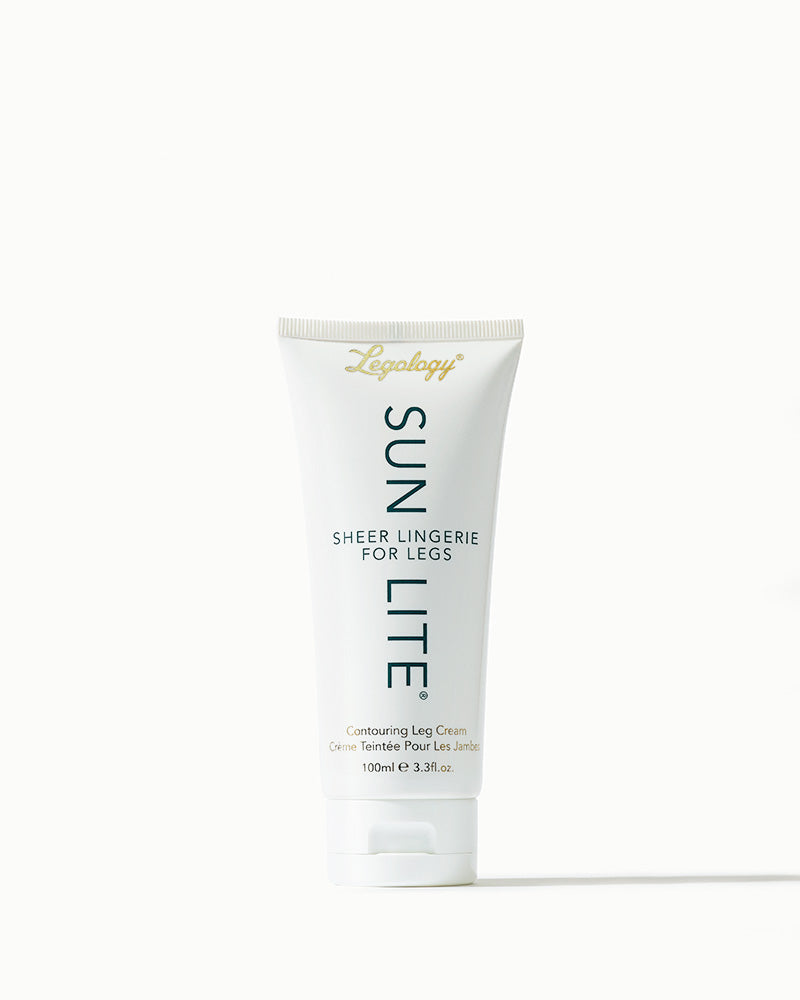Article: The Oestrogen Connection
The Oestrogen Connection
 One of the questions women often ask me is whether cellulite is connected to hormones, and the answer is yes. While it affects 90% of women, mostly in industrial nations, cellulite generally starts to appear at hormone-critical times in our lives – puberty, pregnancy and especially menopause when the hormone oestrogen starts decreasing.
One of the questions women often ask me is whether cellulite is connected to hormones, and the answer is yes. While it affects 90% of women, mostly in industrial nations, cellulite generally starts to appear at hormone-critical times in our lives – puberty, pregnancy and especially menopause when the hormone oestrogen starts decreasing.
So how does oestrogen contribute to cellulite?
The hormone oestrogen has an impact on the blood vessels and when it starts to decrease you lose receptors in blood vessels and thighs, so you have decreased blood circulation and because of that less oxygen and nutrition reach critical areas like thighs, buttocks and knees.
There’s a decrease in collagen production too at this time and lymph can become more sluggish because we’re spending more time seated at work. Also at this time fat cells start to become larger; they begin protruding through the collagen and become the bumpy fat known as cellulite.
Although cellulite tends to appear from the age of about 25, we’re seeing more and more women today developing it earlier – teenagers are getting cellulite. This is because too much oestrogen makes fat cells larger, so younger women who are overweight might have a condition called oestrogen dominance, which means they are making to much oestrogen and/or are eating a diet too high in oestrogen-mimicking ingredients found in foods like soy, tofu and wholegrain bread.
Is oestrogen the reason women get cellulite more than men?
Yes, but it’s not the only reason.
The structure of collagen, the main protein of connective tissue, in women has the appearance of a picket fence, whereas in men it looks more like a cross-linked fence, much stronger and better at holding fat evenly in place.
Another reason women get cellulite is to do with adrenergic receptors. When stimulated, alpha receptors will cause fat cells to produce fat (as well as triggering constriction of blood vessels and release of sugar into the blood stream); when beta receptors are stimulated they break down fat (as well as increasing heart rate and relaxing blood vessels).
This is why some cellulite creams contain an ingredient called aminophylline (a compound also found in respiratory drugs) which, like caffeine, works by blocking the alpha receptors. Most cellulite creams in fact, offer some way of targeting fat cells, not addressing the connective tissue, circulation or lymphatic aspects of cellulite. Legology addresses both the circulation and lymph, and it also contains caffeine to minimise fat cells so that the fluid that collects around them has less of a bumpy impact.
Oestrogen also makes fat, whereas testosterone breaks down fat. So a woman’s body is basically – dare I say – designed to be a place for cellulite to develop. Men have one layer of fat throughout their entire body and a one-to-one alpha- and beta-receptor ratio.
Is there a hormone-diet connection?
Again, yes. Diet definitely plays a role. Look at the diet of a woman living in Asia. She breakfasts on noodles – it’s a high-calorie carb meal, but when she goes to work she burns those calories. In contrast, we eat breakfast calories and carbs, then go to work and sit at a desk. Think of those fat-producing alpha receptors just waiting to rock and roll ..!
So it all goes together. That’s why women struggle to lose weight below the waist. From the waist up, for every four receptors that break down fat, there are five that make it, so it’s almost a one-to-one ratio. From the trunk up there’s just one layer of fat, except for the triceps arm area.
It’s really a whole biochemistry. The key to eating to limit cellulite is avoid white carbs yes, but it’s more than that too: you need to eat in a healthy way that keeps hormones balanced, and you need activity.

















